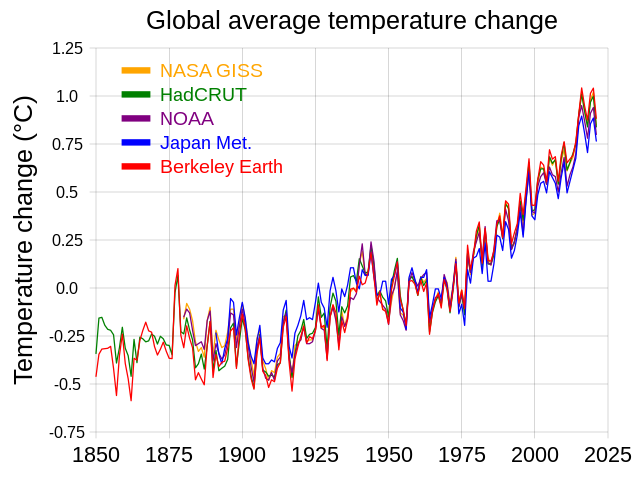If politics really needs to be done differently, as Prime Minister Anthony Albanese has promised, then the way politics is reported needs to be done differently too.
This is because the power of the media to portray will determine how the electorate perceives whether changes occur.
It is a mutual process. The way politicians behave affects the media’s portrayal of them, and how the media portrays politicians in turn affects political practice.
A benchmark to help us assess whether the promised change will materialize is provided by academic Judith Brett’s characterization of the Morrison administration:
The blame-shifting, the careless inattention, the lack of preparation, the obvious favoritism of the coalition and marginal government-sized seats, the focus on announcements with little follow-through, the absence of serious concern about corruption and integrity […]
But that benchmark only takes politicians’ performance into account. What about the media?
The media appears to be in the early stages of changing the way it reports federal politics. But this change is tentative, patchy and uncertain.
For example, coverage of the government’s foreign policy actions has generally been straightforward and informative. That was until someone in the media pack traveling with Albanese in Europe asked why the Prime Minister’s visit to Ukraine did not match Morrison’s holiday to Hawaii during the 2019 bushfires. Albanese slammed the comparison as “offensive”.
The on-the-road media pack had a poor campaign disfigured by just this kind of juvenile “gotcha” reporting. In some parts of the media, the atmosphere of expected change has clearly not penetrated.
In other parts of the media it clearly has, but there is an undercurrent of caution, understandably so. Politics done differently suggests politics with fewer culture wars, fewer scandals, more political focus, more incrementalism.
In addition, some ideological steam has gone out of the political discourse as issues such as religious freedom, Safe Schools and transgender discrimination have disappeared. Climate change is now accepted by enough mainstream politicians and media to make the rest look like shenanigans.
There has also been a dramatic structural change in the composition of Parliament, with the crossbench now representing a powerful third force. How will the media adapt from two-horse politics so that the crossbench gets a voice commensurate with its level of representation?
Also read:
How the ‘reality distortion machinery’ of the federal election campaign delivered inferior journalism
All this implies the need for a shift in the media’s prioritization of the different news values that make content news. Two of the most powerful news values, negativity and conflict, have been in abundance since the collapse of the Rudd premiership in 2010.
Politics done differently, with a focus on policy formulation and implementation, makes the news values of impact and significance more salient. But this is not about clickbait, eyeballs, social media agitation and tabloid headlines.
This is a challenge at a time when every click and eyeball counts for a media industry still trying to recoup some of the devastating financial losses the Internet has inflicted.
Will editors and news directors – and media owners – be up to the challenge? It is too early to say. Conflict or negativity can always be manufactured, so there is no guarantee that a more civilized and constructive political conversation will be reflected in more civilized and constructive coverage.
However, there are a few early signs of recognition in the media that change is in the air.
Author and freelance journalist Julie Szego seems to be on board. In a column for The Age, she made the sardonic observation that Australian politics was suddenly boring. Once, she wrote, it was like the Danish TV drama Borgen, a world of cheap publicity stunts, sell-outs of cherished principles and morally bankrupt spin, where a prime minister “creepily” washed a woman’s hair for a photo shoot. “But now it’s all one big gap.” Still, this was worth celebrating, she said, because it had produced a “background brown of steady-as-he-goes, the not inauthentic bid for consensus, the incremental steps towards something better”.
Covering the first sitting day of the 47th Parliament, The Australian tried on its front page to kick-start the issue of construction union thrashing, based on a parliamentary question from a Liberal backbencher. But its editor-in-chief, Paul Kelly, wrote reflectively about the need for competence in government and for Albanese to break the cycle of first-time failure.
Katharine Murphy, writing in The Guardian Australia, described the first day of the new parliament as a “sense of a corner being turned”.
She noted that Scott Morrison was absent, preferring to attend a conference of conservative politicians in Tokyo. This was perhaps for the best, she added, since the style of politics he indulged in had been “rejected in countless ways”.
Whether this change in atmosphere illustrated by these examples of newspaper coverage permeates television news is an open question.
But if there are to be changes in how politics is presented to the public, the television service is crucial. This is because TV news remains the most general source for Australian news consumers, with 66% saying they watch TV news and 42% saying it is their main source of news.
Also read:
How much does mainstream media matter in an election campaign? (Spoiler: more than you might think)
Television news is also the most formulaic of all professional mass media: tight scripts interspersed with footage that may or may not help the viewer’s understanding, and clips of people talking, all compressed into short packages. There is little opportunity to reflect anything other than the most superficial elements of a story.
Yet the wording of the scripts, the way they are read, and the choice and juxtaposition of grips allow changes to be reflected.



